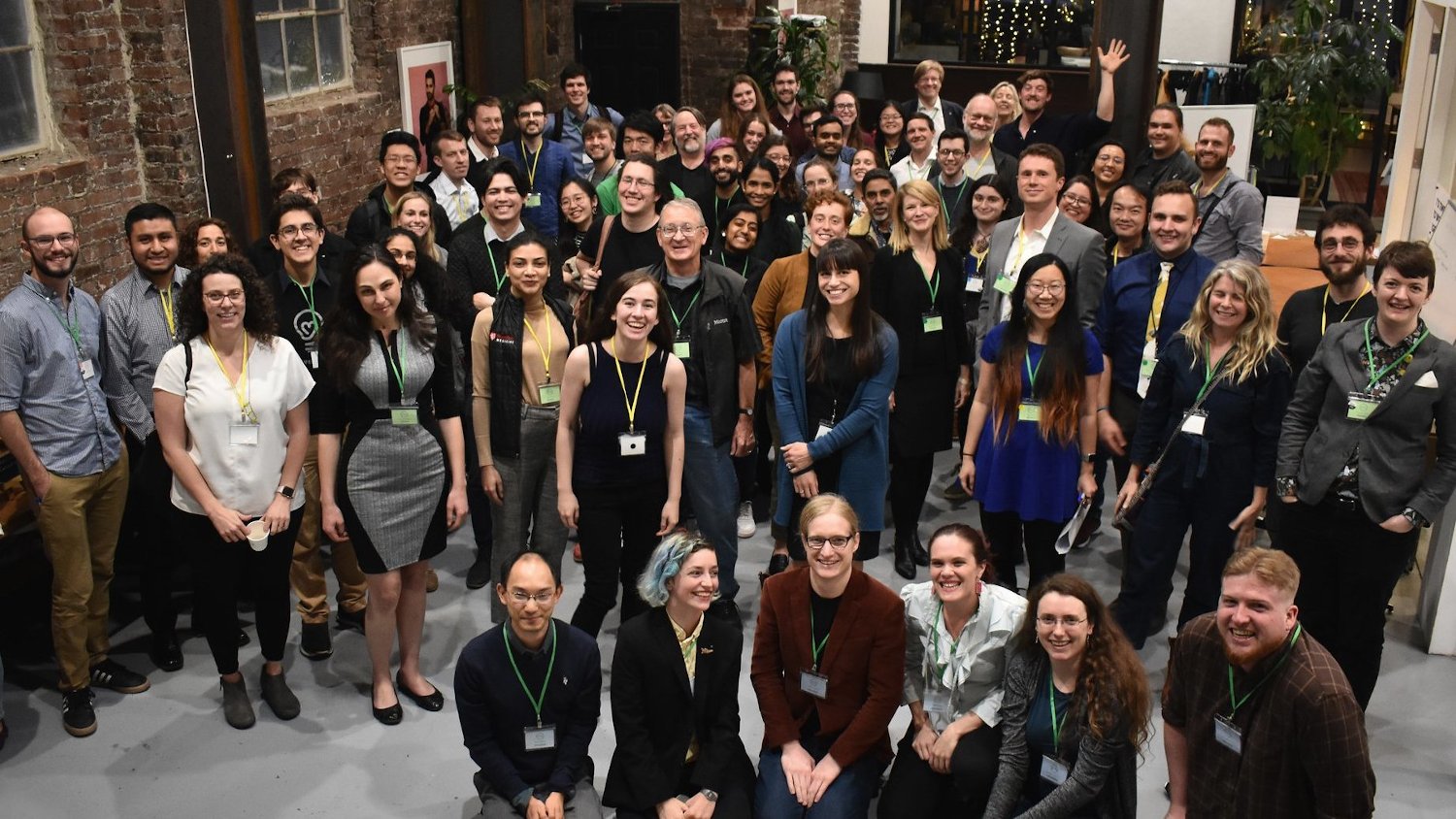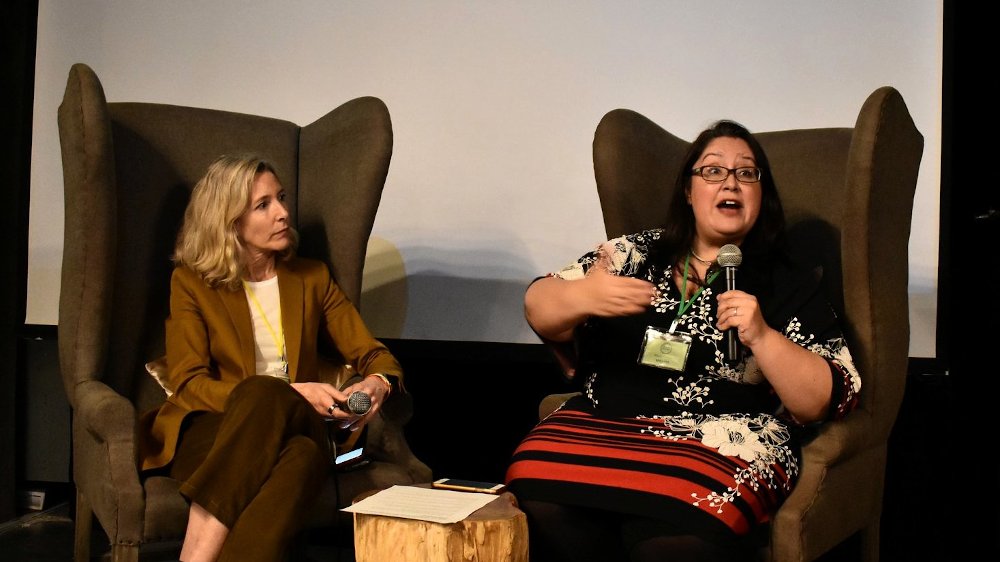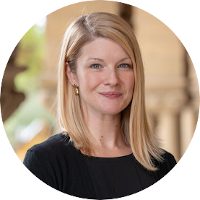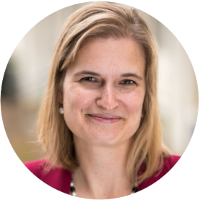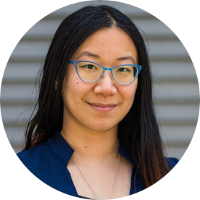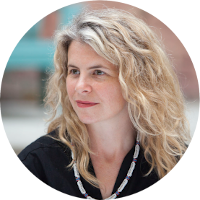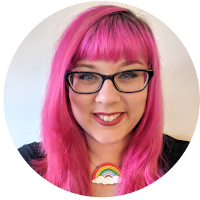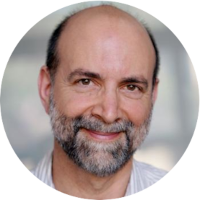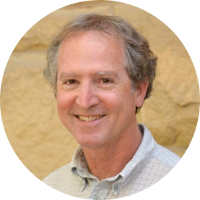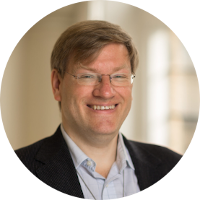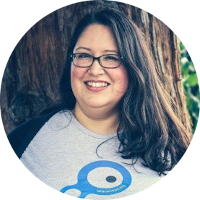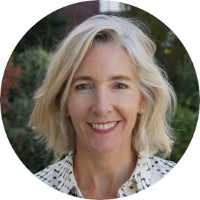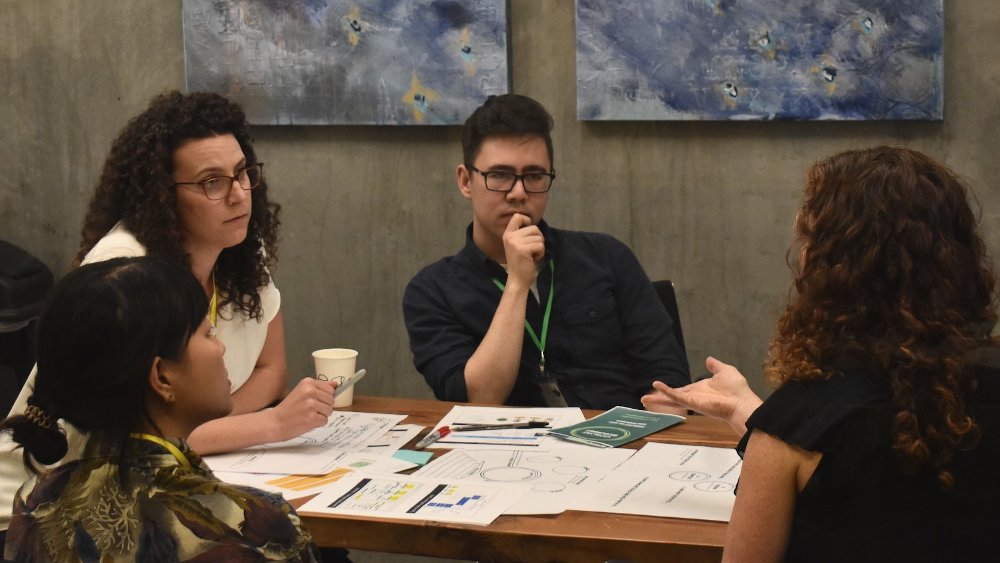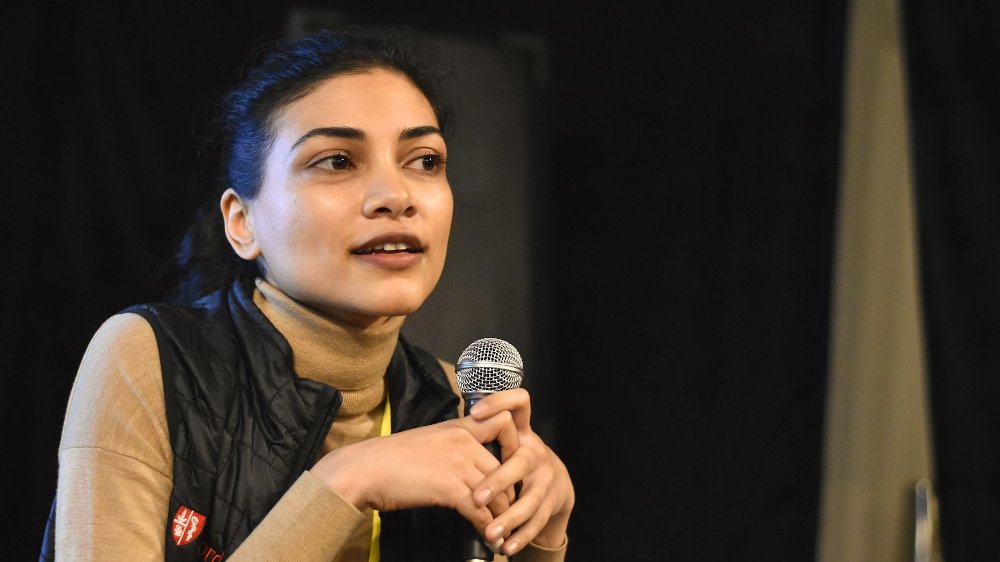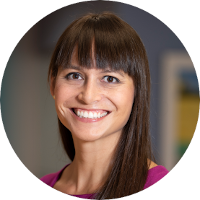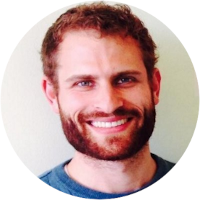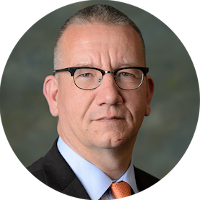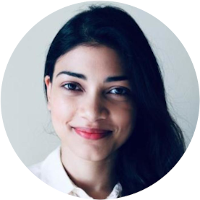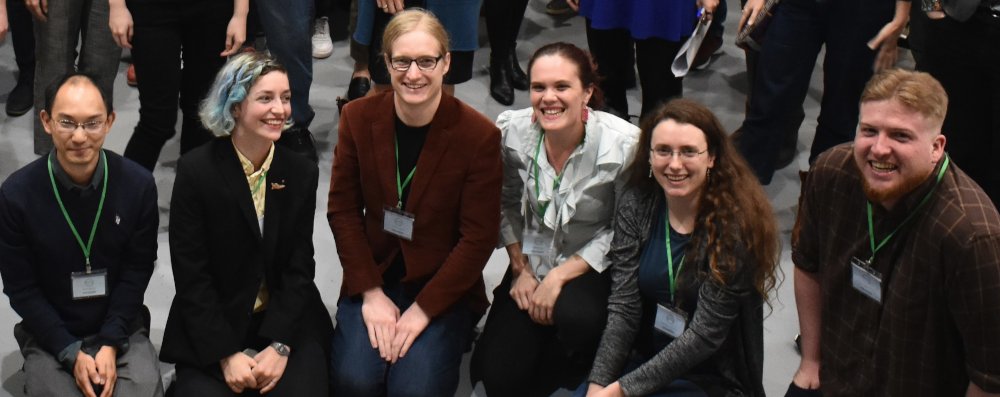Biotechnology is moving fast. Many futures are possible. It's time to work together. We believe biotechnology will reshape our world in the decades to come, and that we must guide the coming changes with intention and forethought. At Catalyst, we aimed to:
- Bring together a broad range of people invested in the future of biotechnology, including synthetic biologists, policymakers, academics, and biohackers.
- Acknowledge that when it comes to questions this large, people of good faith can disagree, and to try to find common ground amidst those disagreements.
- Create a space for sharing perspectives, building connections, and sparking collaboration.
We hope the Catalyst community will continue to work together to engineer a future enhanced by biology and not endangered by it.
